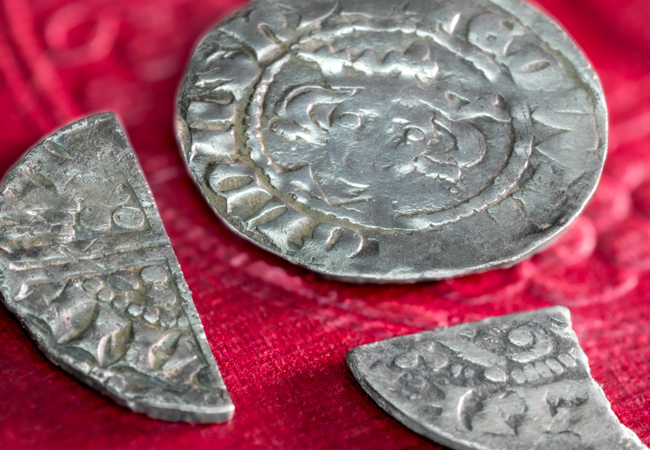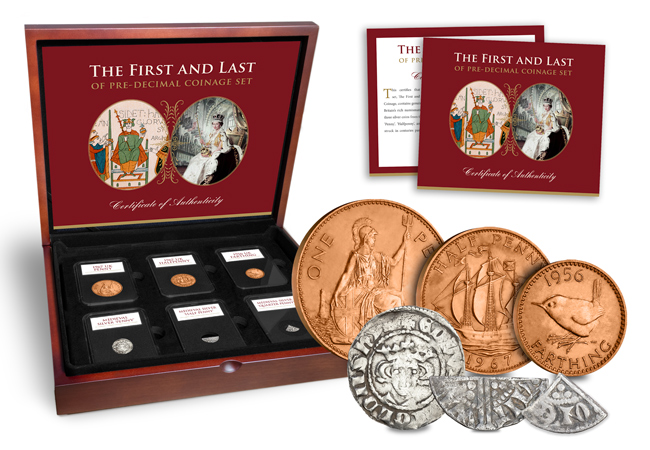From Cut Coins to Farthings: The Fascinating Story of Hammered Coinage
Have you ever wondered where the word “farthing” comes from?
It’s one of those curious names in British coinage history that hides a story nearly a thousand years old. To understand it, we need to travel back to the medieval world of hammered coinage – where coins weren’t struck by machine, but by hand.
The Age of the Hammered Penny
For centuries, the silver penny was the backbone of English currency. First introduced under Anglo-Saxon kings in the 8th century, it remained the standard unit of trade for generations. But unlike today, there were no smaller coins to make everyday transactions easy.
If you needed change for a penny, you couldn’t ask for a halfpenny or farthing – those didn’t exist yet. Instead, people did something ingenious: they cut the penny.
Cutting Coins into Halves and Quarters
Medieval pennies were relatively large, thin discs of silver. Their uniform size and weight made it practical to cut them cleanly with a knife or shears.
- A halfpenny was literally half a penny, sliced neatly down the middle.
- A farthing – from the Old English word feorðing, meaning “fourthing” – was a quarter of a penny.
This practice became so widespread that the crown eventually recognised the need for official smaller denominations. By the 13th century, halfpennies and farthings were minted in their own right, but their names still told the tale of their origins.
From Hammered Silver to Pre-decimal Coinage
The hammered coinage tradition lasted in Britain until the 17th century, when machine-struck coins gradually replaced hand-struck pieces. But the influence of those medieval cut coins lived on in the denominations of pre-decimal currency.
Right up until decimalisation in 1971, the penny, halfpenny, and farthing formed the bedrock of everyday money – each one a direct descendant of those early sliced pennies.
A Thousand Years of History in Your Hands
It’s rare to find a story told so perfectly through coins themselves – but now you can. The First and Last of Pre-decimal Coinage Set brings together six remarkable coins that chart this journey from medieval England to modern times:
- The final Penny, Halfpenny, and Farthing issued before decimalisation in 1971.
- Three original hammered silver coins: a Penny, a Halfpenny, and the quartered Penny we came to call the Farthing.
These hand-crafted medieval coins are believed to be among the very first examples of their kind. Imagine holding a silver farthing that was once part of a whole penny – cut and used in trade nearly a thousand years ago.
This set is more than a collection; it’s a time capsule of Britain’s monetary story, uniting the first and last issues of our pre-decimal coins.
Because of their rarity and age, just 50 sets have been curated.
👉 Click here to secure yours today with a £25 deposit (+p&p).


